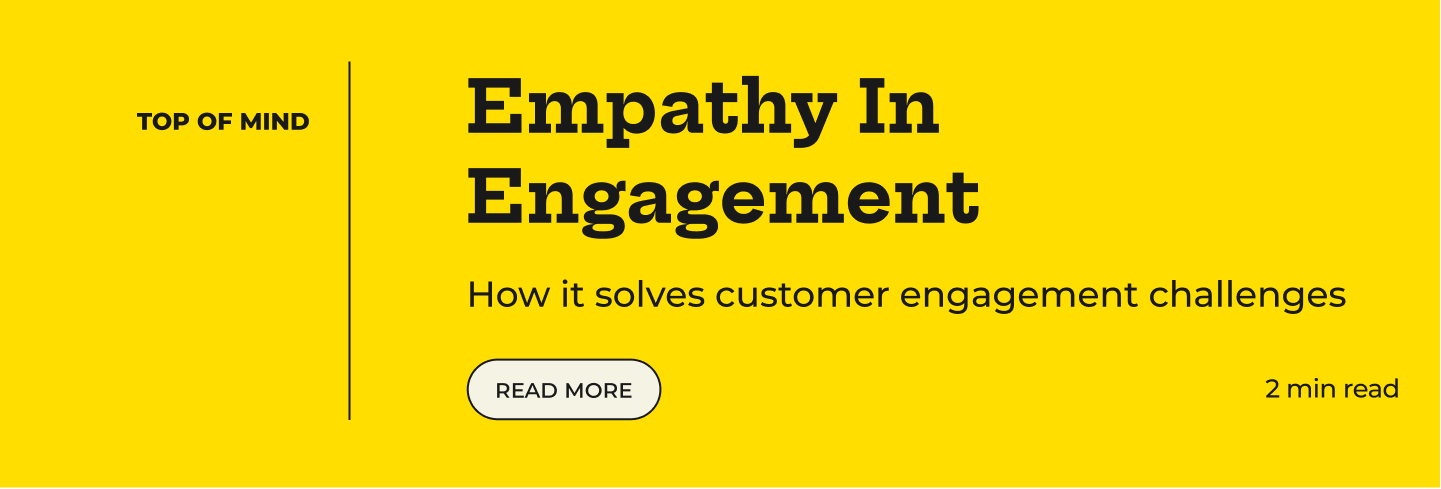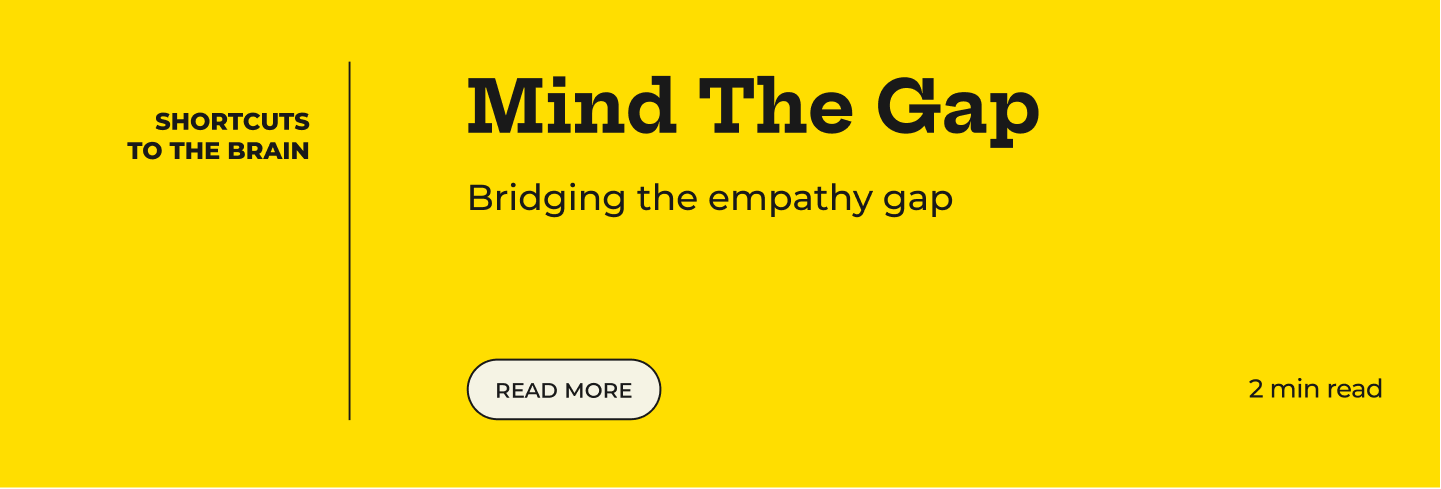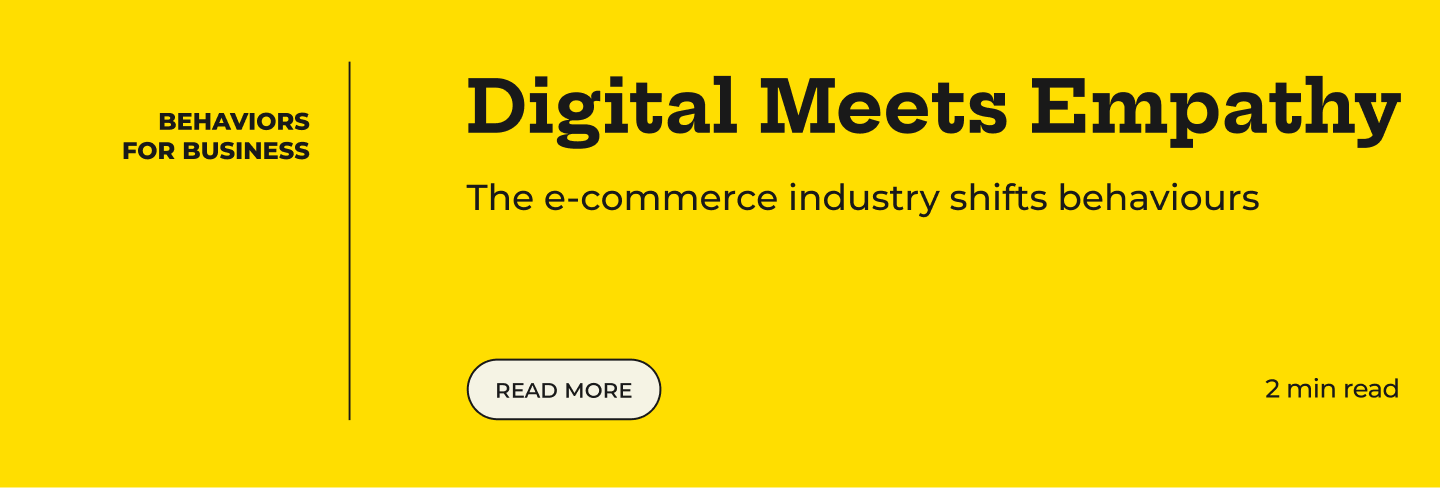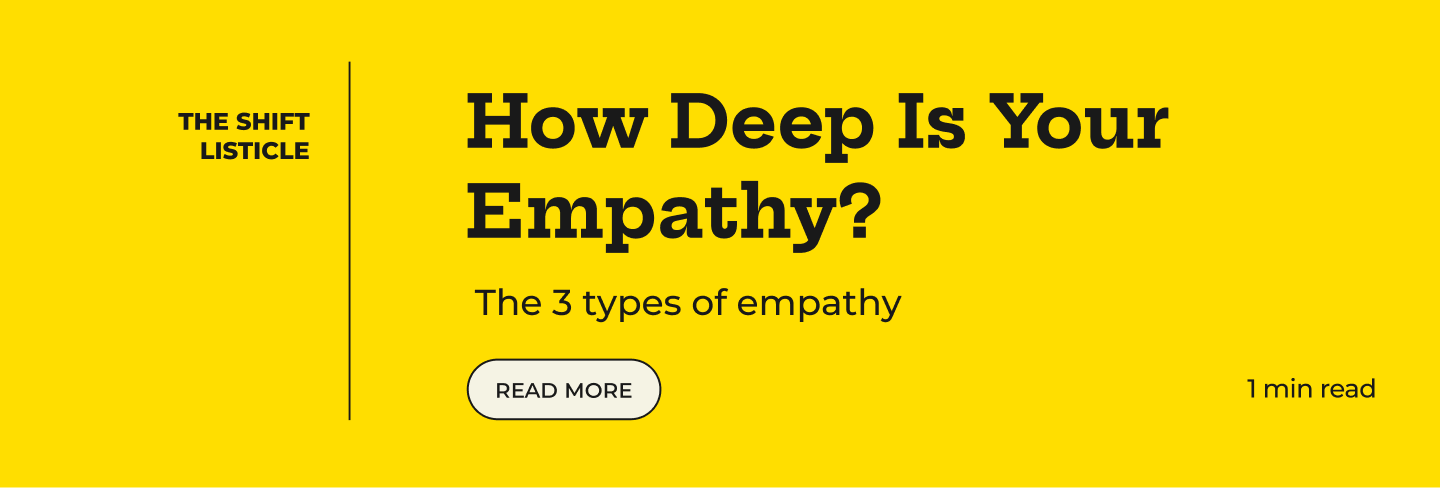I Feel You
Edition #04 September 2022

To SHIFT behaviours, it is crucial to know why a behaviour occurs. People are, more often than not, driven by their emotions.
Empathy means understanding the situation, feelings, and motives of others. It is what helps us understand the decisions and reactions of those around us. The best companies in the world nail this. They make it a priority to understand and apply emotional insights in their business. It’s the key to delivering great customer experiences.
So, how do you build empathy? How can it help you make better decisions? How can it improve your business outcomes?
TOP OF MIND
Empathy in Engagement
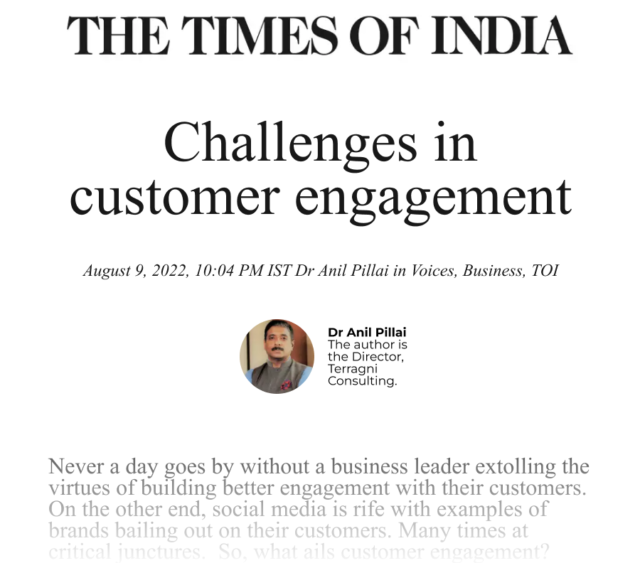
Article by Dr Anil Pillai, Director at Terragni Consulting on the challenges in customer engagement, post covid. Appeared in the Times of India on August 9, 2022. Following are the ways in which empathy can overcome these challenges. Full article available here: Challenges in customer engagement (indiatimes.com)
3 Takeaways to enhance organisational empathy:
- Customers seek repeatability and consistency.
Without a deep understanding of the needs of your customers, you cannot match their expectations. Instead of creating new needs, focus on what the customers really want. The key to happy customers is making their life easier, by meeting their desired expectations.
- Focus on the post-purchase journey
What happens after you sell your product or service? When brands fail to maintain quality of experiences, customers undergo cognitive dissonance. Their perception of you changes, leading to disengagement. Customers expect consistency across their interactions with you. They want to feel just as good as they did during the purchase. Especially when they encounter a problem.
- Play the long game to deliver value
Quick fixes like discounts and freebies have become a dime a dozen. This is because they no longer offer value to customers. For deeper engagement, identify the emotion you are catering to. Are you eliminating stress or fears of your customer? Are you delivering happiness? Customers find true value if your offerings strike a chord with them. They will also stick around for longer.
SHORTCUTS TO THE BRAIN
What’s Past Is Past
Imagine you are venting to a friend or a colleague. You are stressed about a situation. Before you have even begun finishing three full sentences, bang comes the advice! A solution to your problems is offered…unsolicited. Sounds familiar?
Humans cannot help but advise. We offer solutions to others to problems that most of the time do not exist.
Your friend exhibited an empathy gap.
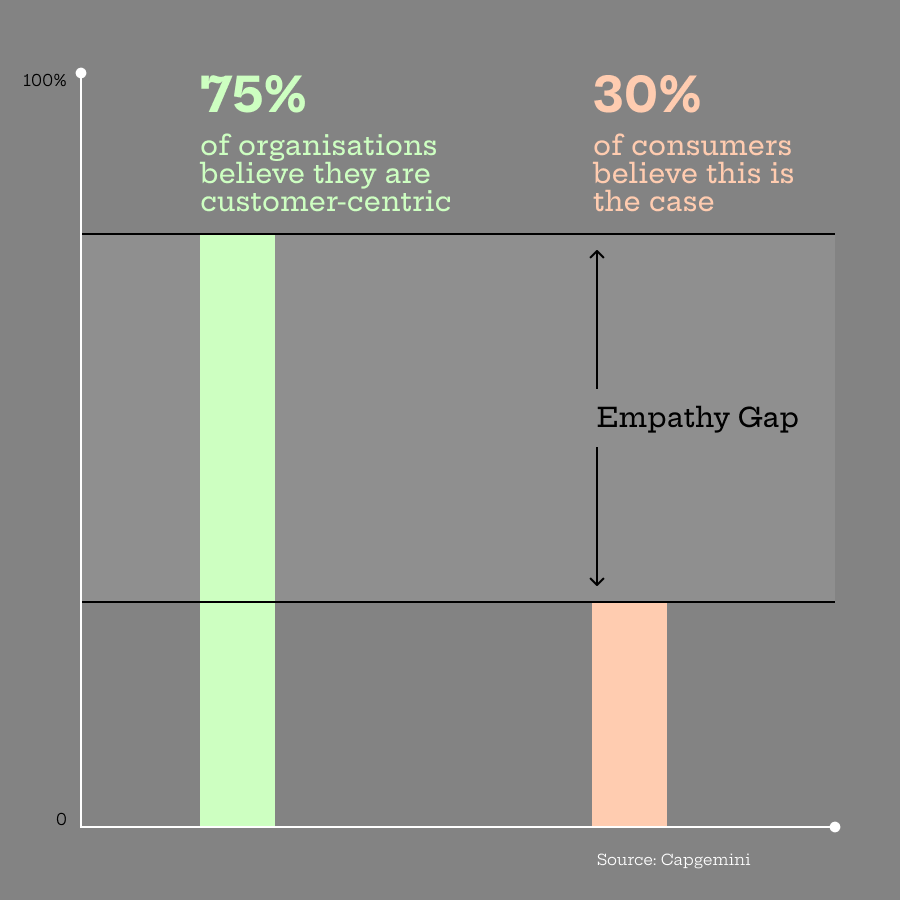
It is our inability to understand how our emotions impact our behaviour. The empathy gap is when we underestimate the influence of anger, pain, or hunger on our behaviour. We even tend to leave out the impact of emotions when making predictions about the future.
The empathy gap affects how well we can consider the perspectives of others. The ability to understand why and how others make decisions. Companies often fail to understand the emotional impact they deliver to their customers.
“Customers are loyal to companies that understand their emotions. The way you are more loyal to a friend who seems to just get you.”
3 ways to avoid the empathy gap:
1. When making predictions or decisions about the future, consider how you may feel. By acknowledging that emotions affect our decisions, we make room for them.
2. When you see others react in a certain way, think back to a time when you may have been in a similar situation. How did you react? What decision did you make?
3. Pay attention to the feedback and experiences of others. Ask more questions, whether it be to friends, colleagues, or customers. You can reduce the gap by simple, being a better listener.
THE SHIFT LISTICLE
How deep is your Empathy?

Psychologists Daniel Goleman and Paul Ekman have identified three types of empathy: Cognitive, Emotional and Compassionate.
Cognitive – I “know” what you feel. Cognitive empathy is simply knowing how the other person feels and what they might be thinking. It is often referred to as perspective-taking.
Emotional – I feel what you feel. Emotional empathy is when you feel physically along with the other person, as though their emotions were your own.
Compassionate – I know and feel what you feel and will fix the problem. Compassionate empathy is when we not only understand a person’s predicament and feel with them, but we are also moved to help them improve the situation.
BEHAVIOURS FOR BUSINESS
Digital Meets Empathy
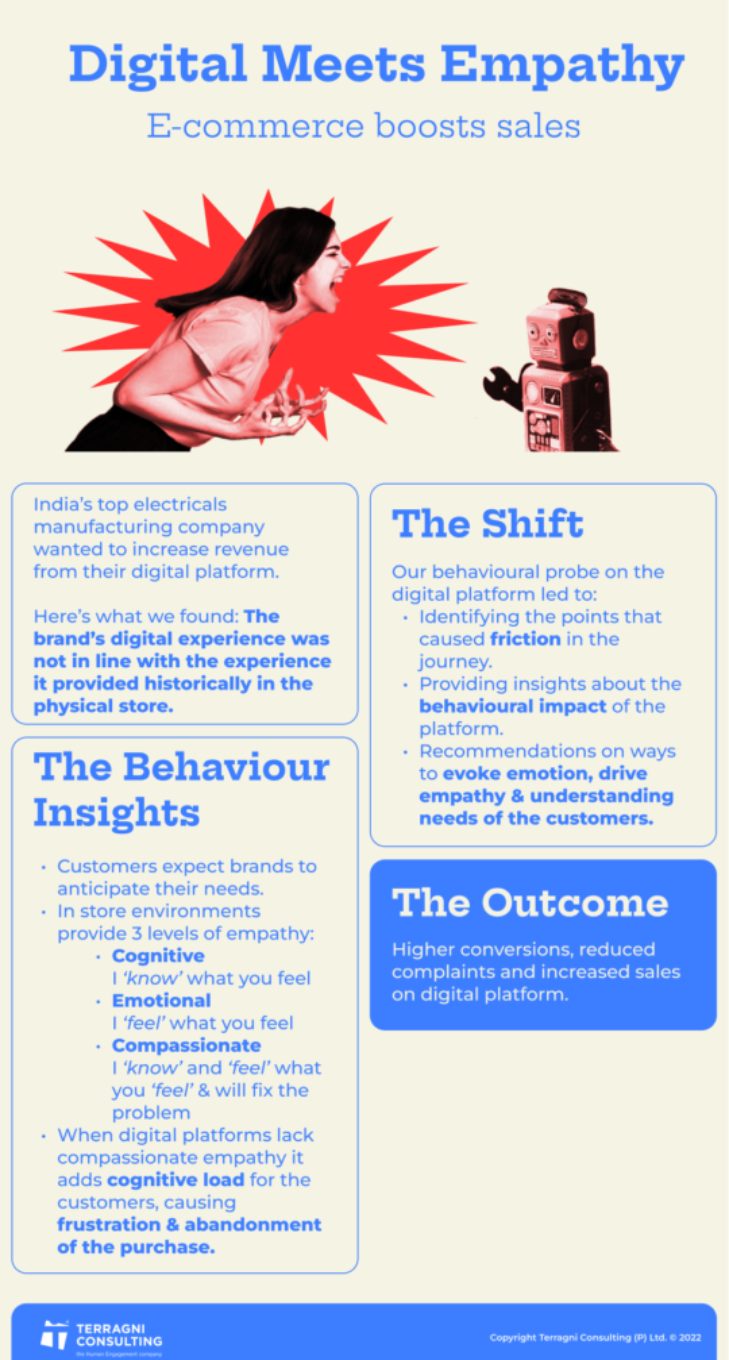
Not subscribed yet?


